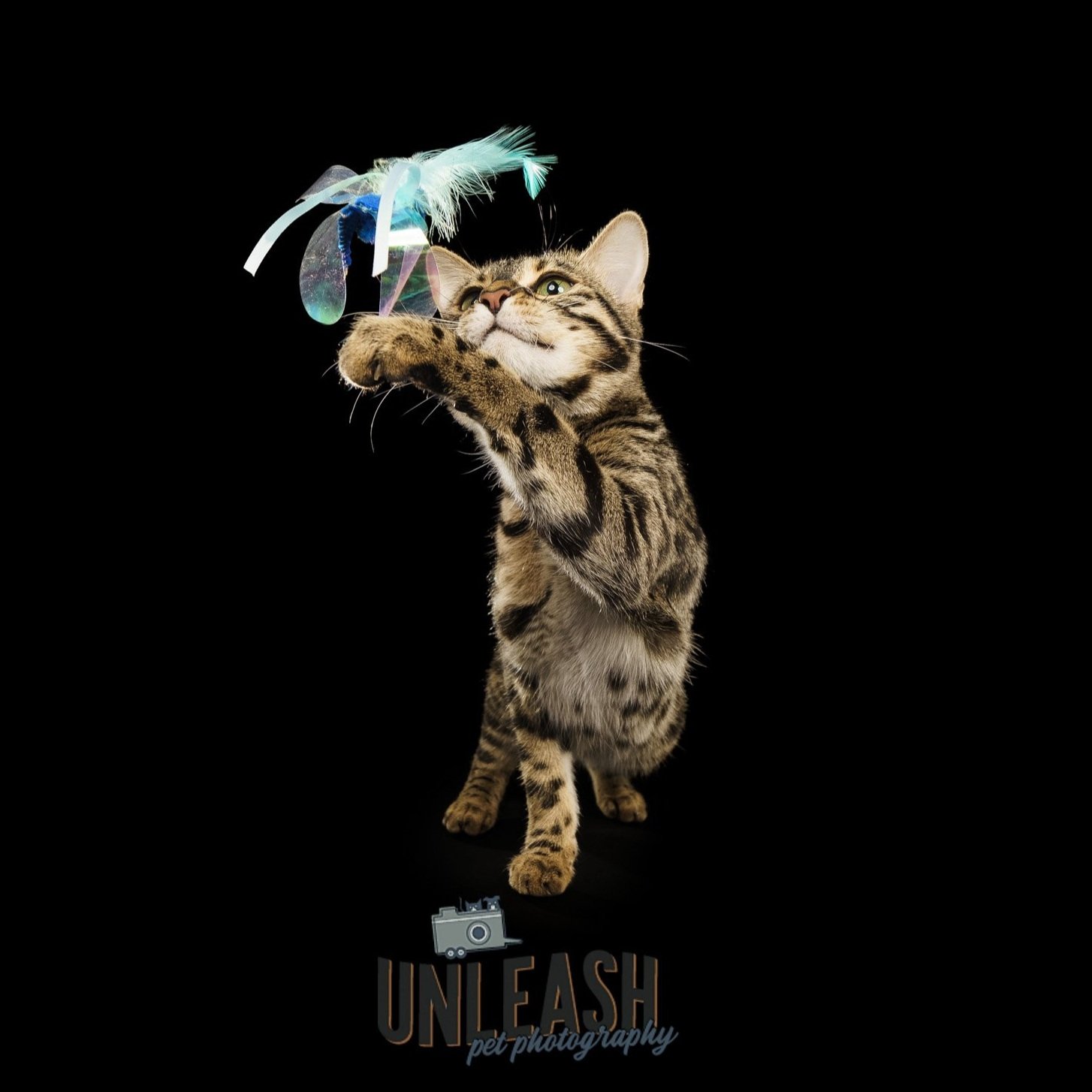Eco-Friendly Cat Owner
/How to be an eco-friendly cat owner
If you are worried about our planet’s health, you can feel reassured by the fact that even small changes have a significant impact.
This is especially true for cat owners. In 2022, according to a nationwide survey, there were estimated to be approximately 8.5 million cats in Canadian households. That is an average of 1.8 cats per household. Imagine if each one of those households made one or two earth-friendly changes to their pet care routine. By making the switch to eco-friendly cat ownership, you can start doing your part to help Earth heal and avoid unnecessary pollution.
Caring for a pet is a rewarding experience that doesn't have to cost the earth.
So, whether you’re seasoned in the art of caring for furry companions, or you’re taking the first steps to becoming a pet owner, here are some tips to help you minimize your pet’s environmental pawprint.
Reduce Use of Cat-Related Plastic
Plastic pollution has become one of our most pressing environmental concerns. Plastic requires production of petrochemicals that take an estimated 400 years to break down.
Here are ways cat parents can limit plastic use:
Buying cat food and litter in bulk can be friendly to your wallet and the planet. Also, bring reusable storage containers to refill if possible.
Choose non-plastic toys. Instead, look for toys made from recycled or sustainable materials like bamboo or hemp. Consider paying a little bit more for well-made toys that last longer.
Repurpose cardboard boxes, tin foil, fabric rags, and other disposable materials into cat toys. Challenge your kids or yourself by making one of these DIY cat toys.
Buy ceramic or metal food and water dishes instead of hard plastic.
Check out online cat forums or second-hand stores when looking for cat toys, beds, or climbing structures. Reuse and recycle to avoid buying new.
Use of Parasiticides
There is a growing concern about the potential harm that parasiticides used on pets for fleas, ticks and worms is causing to our environment. More research needs to be done, but there are a few steps we can take to mitigate harm to our environment now.
Like all medicines, parasiticides should be used only when necessary.
We should use the narrowest spectrum drug that will do the job.
We should not over-treat. Not all cats need year-round flea and tick cover. Many cats need roundworming only every 3 months, not every month.
Properly Dispose of Kitty Waste
The way you deal with your cat’s waste is one of the most important choices you make as a pet owner. Unfortunately, the clay-based litter available in most supermarkets and pet stores is not biodegradable. Instead, the clay must be strip-mined, a practice which destroys our forests and wild habitats which leads to soil loss and deforestation.
Switch to a planet-friendly cat litter made from corn dust, wood sawdust, or post-consumer paper waste. If you feel ambitious (and don’t have multiple cats), consider trying a DIY option made out of newspaper, sawdust, or woodchips. Here is a simple DIY cat litter solution using shredded newspaper/flyers.
Use compostable non-plastic bags for cleaning out your cat’s litter box and as litter box liners.
Never flush clay cat litter. Some toxins and chemicals in clay litter can contaminate the water supply.
Never compost cat litter in your yard as cat excrement contains parasites which cause Toxoplasm infections in humans. Cats are the only species who shed this parasite in their feces. These dangerous pathogens can also leach into our soil and waterways.
Buy planet-friendly pet food
Cats are carnivores, so you can’t remove meat from their diet entirely. Likewise, vegan diets are unhealthy and even dangerous for cats.
Yet, there are some planet-friendly food swaps you can make to benefit the environment without putting your cat’s health in jeopardy.
Choose cat foods containing chicken and fish instead of beef or lamb. Beef and lamb farming produces more carbon emissions, requires more energy-intensive foods, and generates more manure than chickens.
Pet food also requires a lot of oil, energy and water for processing, packaging, and transportation.
So, to keep your pet’s environmental “pawprint” small, buy pet food in bulk quantities whenever possible.
Make homemade treats
With plenty of inspiration and recipes online, there’s never been a better time to have a go at making your own pet treats! Making your own and storing them in a reusable, resealable container can be a great way of skipping the wasteful packaging that comes along with most commercially available pet treats.
Keep your Cat indoors
Scientists estimate that free-ranging domestic cats kill 1.3 – 4 billion birds and 6.3 – 22.3 billion mammals annually. House cats threaten many endangered songbirds and are responsible for reducing biodiversity and habitat for threatened species.
Even if you can’t bear to keep your cat indoors, you can limit the threat they pose by keeping them indoors during the early morning and evening hours when wildlife is most active.
Also, outfitting your cat with a quick-release collar with a bell will alert prey that they are on the hunt.
You might consider building a Catio so the wildlife will stay safe, but your kitty still gets to experience the sounds and smells of the outdoors.
Clean up with Pet Safe Products
From all-purpose spray to carpet cleaner, eco-friendly brands offer a range of products that refrain from using harsh chemicals and solvents that get washed down the drain and into our rivers, streams and oceans. These plant-based products are also safe for use around kids and pets. Alternatively, mixing baking soda and vinegar to form a paste makes a great non-toxic abrasive for scrubbing surfaces in your kitchen and bathroom.
By making a few simple changes, we can all help to protect our environment for future generations.











